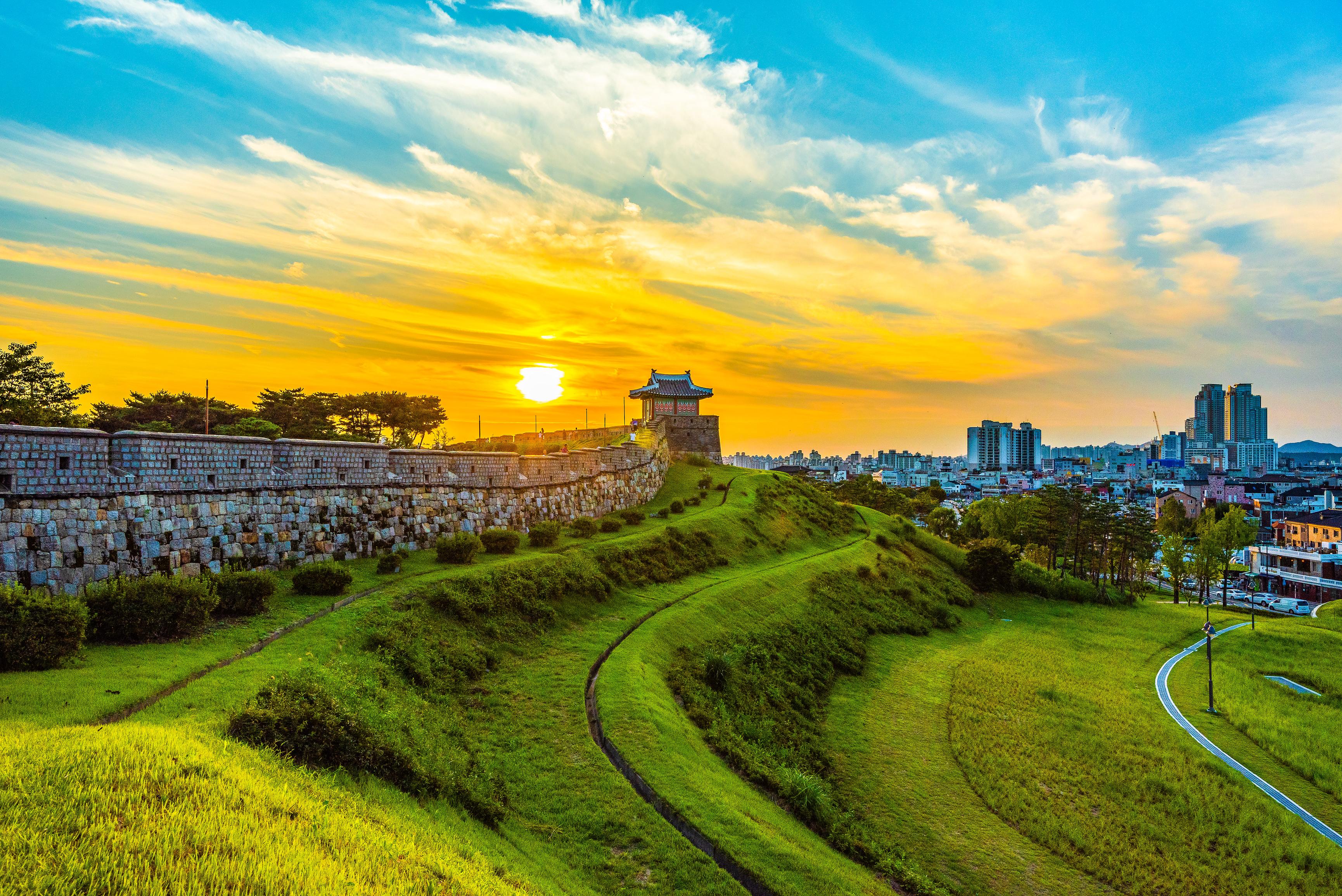
Incheon, South Korea
Korea’s arrivals lounge to the rest of the world, Incheon is often ignored thanks to the presence of Seoul just to its east. However, the place has some fascinating historical strings to its bow, plus one of the best Chinatowns outside China itself.
Most visitors to Korea arrive in Incheon – it’s home to the country’s main airport (Incheon International Airport), and also the terminus of ferry routes from China. Most arrivals head straight to Seoul as soon as possible, but arresting colonial architecture and an atmospheric Chinatown provide compelling reasons to visit Incheon on a day-trip – or, of course, make it the start or finish line to your race around the country.
Korea’s third-largest city is now part of sprawling Greater Seoul – the buildings simply don’t let up on their way from the capital. At the dawn of the 20th century, Incheon was little more than a village, but it grew substantially during the years of Japanese occupation (1910–45); recently Incheon has embraced some of the positives from its colonial past, beautifying and making museums of several old banks along the pretty “Street of Culture and History”, which offers plenty of camera fodder.
Said occupation was followed almost immediately by the Korean War, whose tide turned in Incheon after an American landing on its shores cut the North Korean supply lines. A statue of the strategist in question, General Douglas MacArthur, gazes down from Jayu (“Freedom”) Park over the port area, and also the city’s fascinating Chinatown – a visit to Incheon is not complete without slurping down a scrumptious bowl of jjajangmyeon (noodles in a black bean sauce) in this richly colorful district.

